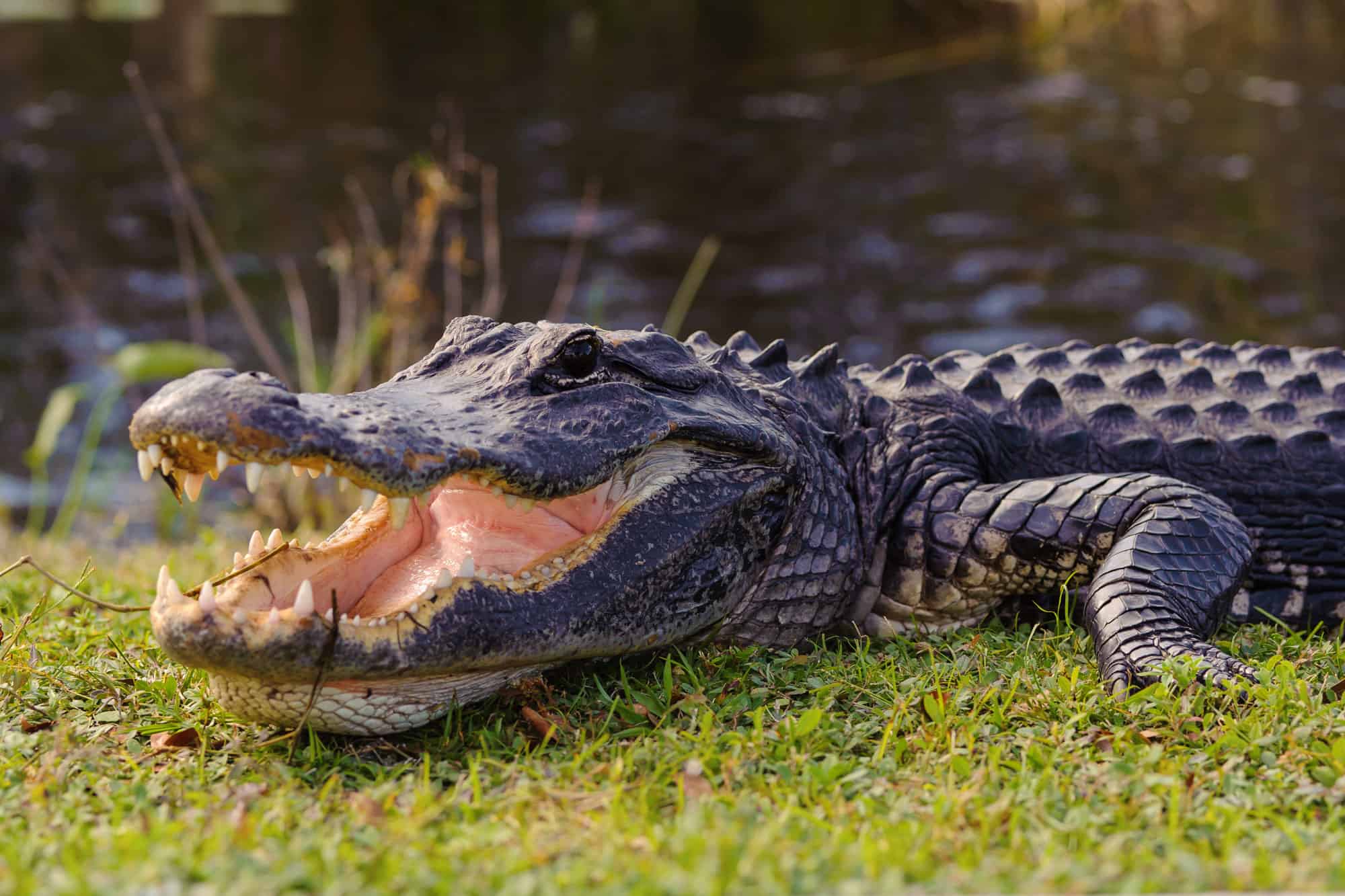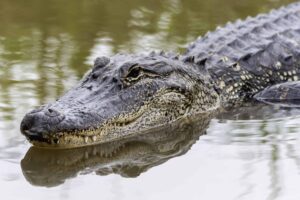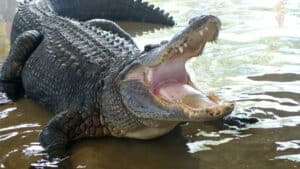Quick Answer
- Alligators are not native to Hawaii, and the only way you’ll see a gator in the Aloha State is in the zoo, such as the Honolulu Zoo.
Hawaii is very nearly paradise. With an average summer temperature of 85°F and an average winter temperature of 78°F, the tropical climate of this state is enviable. However, before taking a swim in the gorgeous Pacific Ocean, you may be wondering what other creatures may also be enjoying Hawaii’s climate. From tiger sharks to moray eels, Hawaii has several animals you must treat carefully. However, are alligators in Hawaii something you must watch out for?
Alligators in Hawaii
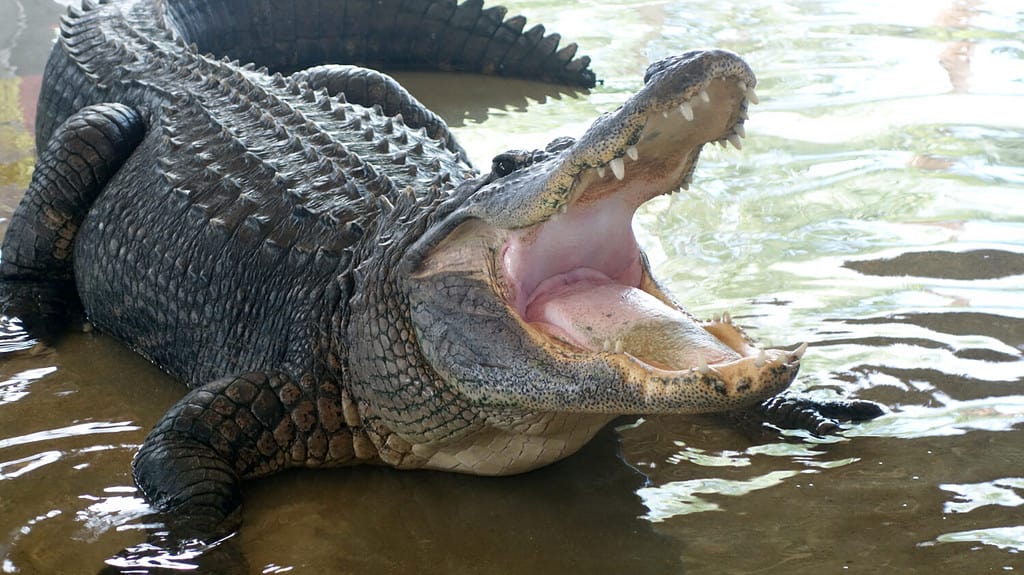
Alligators are not native to Hawaii, and the only way you’ll see a gator in the Aloha State is in the zoo.
©Ernie Hounshell/Shutterstock.com
The easy answer is no. Alligators are not native to Hawaii, and the only way you’ll see a gator in the Aloha State is in the zoo, such as the Honolulu Zoo. However, of the two alligators the Honolulu Zoo had, their oldest alligator, Goliath, died in 2015 after living six decades in the zoo.
You will find the American alligator in the southern half of the United States. Ranging from North Carolina to the Rio Grande in Texas, alligators need freshwater habitats to survive. Living in slow-current rivers, swamps, marshes, and even lakes, alligators can only endure saltwater for a short time. Since Hawaii is surrounded by a vast, salty ocean, separated from the U.S. mainland by hundreds of miles of saltwater, you will not see any native alligators. So, unless an alligator is flown in, you will not find alligators in Hawaii naturally.
Which State Has the Most Alligators?
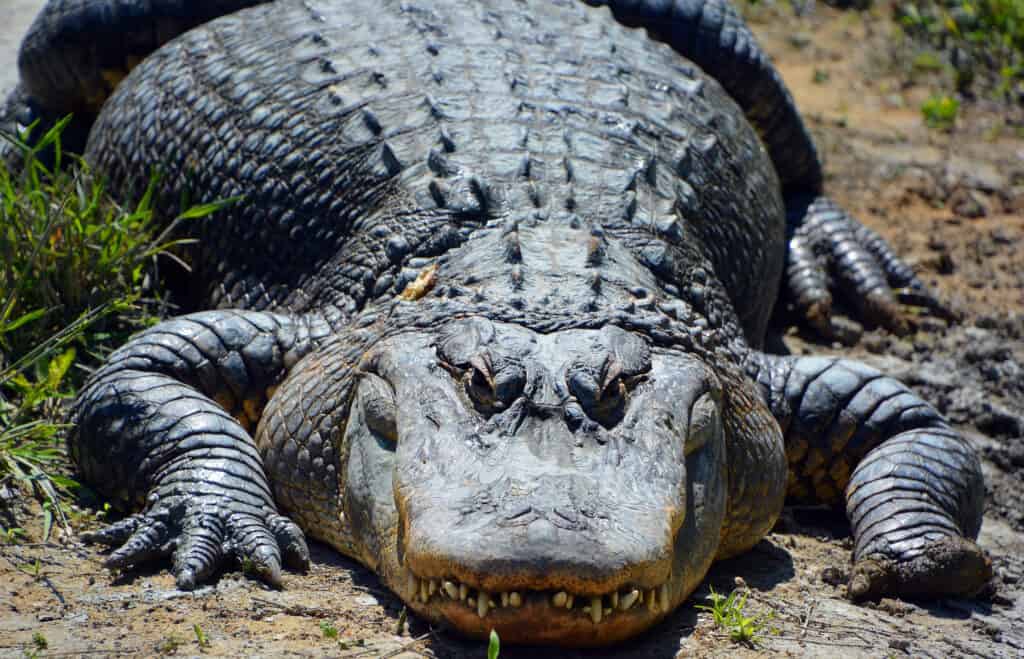
Alligators are most active when temperatures are between 82°F to 92°F.
©meunierd/Shutterstock.com
Most people think Florida has the biggest alligator population, but surprisingly, Louisiana is the state with the most alligators. Florida clocks in at 1.2 million alligators, whereas Louisiana has two million. A big reason is that Louisiana has over four million acres of prime swamps, lakes, and marshes for alligator habitats.
Another reason is that Louisiana is in the right climate. Alligators are most active when temperatures are between 82°F to 92°F. Any temperature below 55°F causes alligators to become inactive. Average temperatures for Louisiana are 64°F to 71°F, which is just perfect for the American alligator.
Hawaii also has the perfect temperature for gators, but as mentioned before, the huge sources of saltwater make alligators in Hawaii problematic.
Here are the 10 most alligator-infested states in order, but you can expect Hawaii not to be one of them.
About the American Alligator
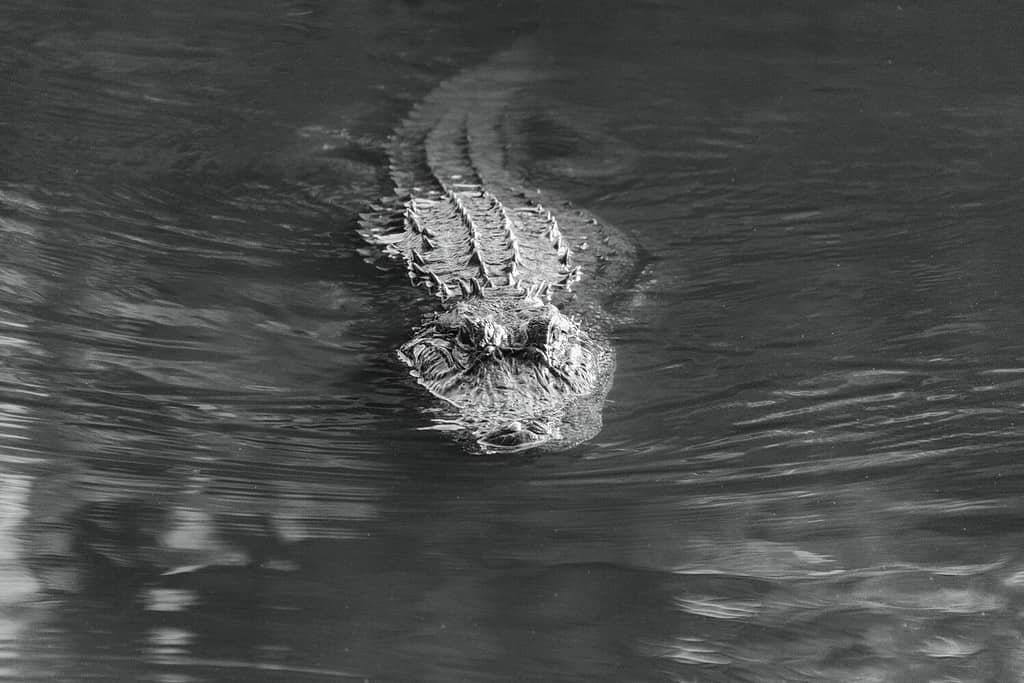
The largest American alligator found was 13 feet 3 inches and weighed 1,380 pounds.
©Mix Tape/Shutterstock.com
Alligators range from 10-15 feet in length, though the largest alligator ever recorded was in Arkansas in 2012. This monstrosity was 13 feet 3 inches and weighed 1,380 pounds. But what is even more impressive than an alligator’s size is its bite— its jaw strength can be as much as 2,000 PSI!
Alligators mainly hunt birds, amphibians, fish, and small mammals. Because alligators are cold-blooded and have slow metabolisms, they often will only eat once or twice a week. However, alligators could potentially live off of their fat reserves (mostly in their tails) for up to two years.
An alligator’s main tactic for hunting is to latch onto its prey with its powerful jaws and pull it underwater until the prey stops struggling. Then, the alligator consumes it. One fantastic adaptation the alligator has is the glottis, which can be found at the back of the throat. The glottis seals off the throat, preventing water from entering the alligator’s lungs. The glottis allows alligators to grab prey even fully submerged underwater.
Safety Around Alligators

If you are swimming in a state with native alligators, there are precautions you may take to stay safe.
©l i g h t p o e t/Shutterstock.com
As far as swimming goes, you don’t have to worry about alligators in Hawaii. You won’t come across any in the Pacific or even in the various lakes and reservoirs in Hawaii. But, if you are swimming in the southern U.S., take these precautions around alligators:
- Don’t go swimming in canals or ponds. These shallow water sources are exactly what alligators like to spend their time in.
- Alligators do the majority of their hunting at night. So even though an evening swim sounds enjoyable, don’t swim at night.
- Swim in lakes or rivers with clear shorelines. Alligators use banks with thick vegetation to ambush prey or retreat from the hot sun.
- Don’t go swimming alone.
Alligators in Hawaii: Final Thoughts
Luckily, when enjoying the gorgeous beaches of Hawaii, alligators are one reptile you don’t have to keep an eye out for. There are other creatures to be wary of though, including the tiger shark, box jellyfish, and cone snails. But, if you would like to see an alligator in Hawaii, you’ll need to visit a zoo.
Thank you for reading! Have some feedback for us? Contact the AZ Animals editorial team.

